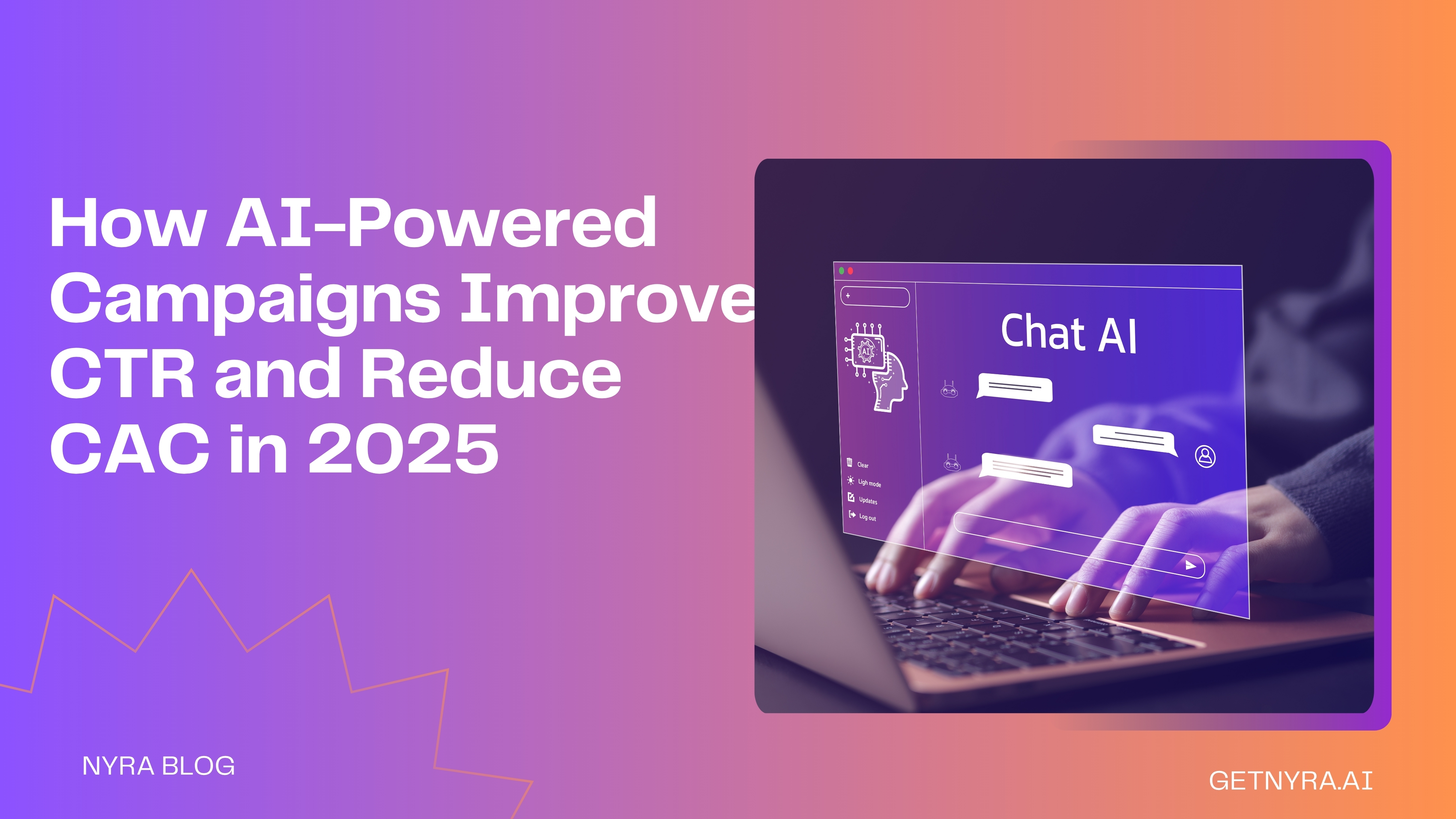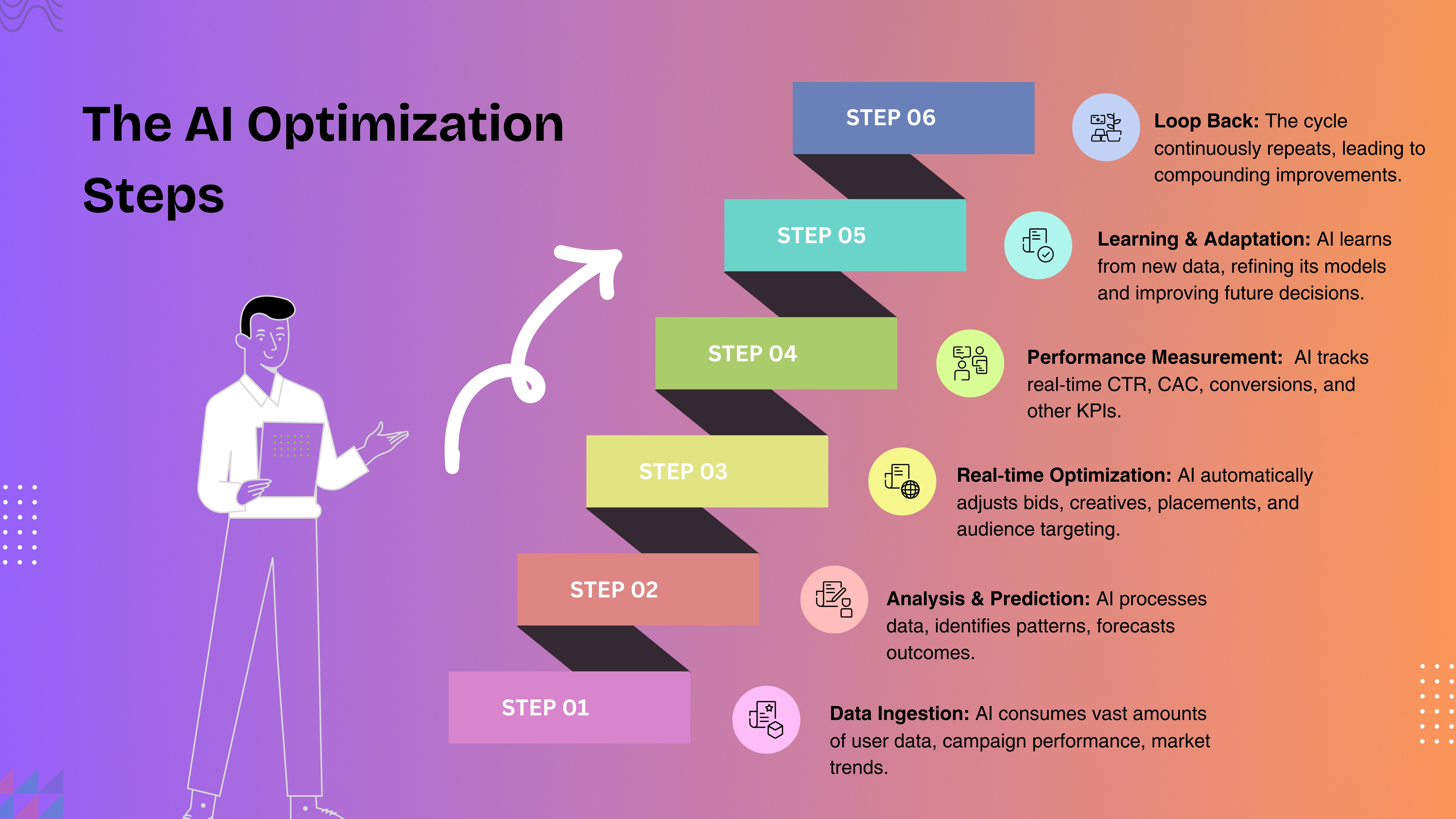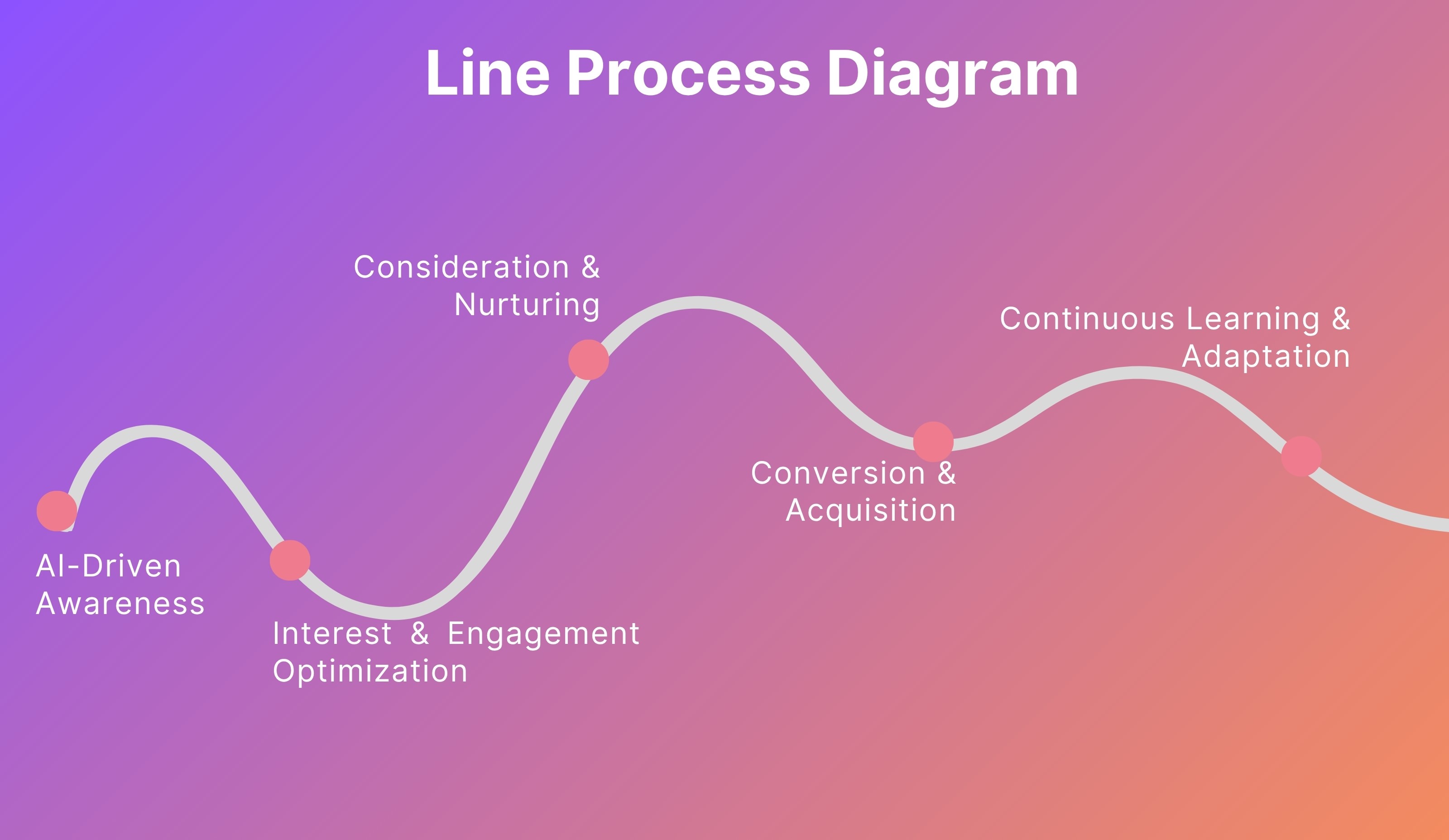How AI-Powered Campaigns Improve CTR and Reduce CAC in 2025

How AI-Powered Campaigns Improve CTR and Reduce CAC in 2025
In the fast-evolving world of digital marketing, AI-powered campaigns are transforming how businesses drive results. By leveraging artificial intelligence (AI), marketers can significantly boost Click-Through Rates (CTR) and reduce Customer Acquisition Costs (CAC), making advertising more efficient and cost-effective. Whether you're a solopreneur or a small business owner, understanding how AI optimizes campaigns is key to staying competitive in 2025. This guide explores the mechanics of AI-driven advertising, its impact on CTR and CAC, and actionable tips to maximize your ROI, all optimized for Google search visibility.
What Are CTR and CAC?
Click-Through Rate (CTR): The percentage of users who click on your ad after seeing it, calculated as (Clicks ÷ Impressions) × 100. A higher CTR indicates more engaging ads.
Customer Acquisition Cost (CAC): The total cost of acquiring a new customer, including ad spend, tools, and labor, divided by the number of customers acquired. Lower CAC means more efficient marketing.
AI-powered campaigns use machine learning (ML) to optimize these metrics, delivering better results with less effort.
How AI Improves CTR
AI enhances CTR by making ads more relevant, engaging, and timely. Here’s how:
1. Hyper-Personalized Ad Content
AI analyzes user data search history, behavior, and preferences to create tailored ad copy and visuals. Tools like Nyra AI or Google’s Responsive Search Ads generate thousands of ad variations, matching headlines and CTAs to individual user intent. For example, an e-commerce store can show “Summer Dresses on Sale” to fashion enthusiasts and “Outdoor Gear Deals” to adventure seekers.
Impact: Personalized ads can increase CTR by 20-30%, per industry studies, as users are more likely to click on relevant content.

2. Automated A/B Testing
AI runs continuous A/B tests, comparing ad variations (Example - headlines, images, or CTAs) to identify top performers. Platforms like Facebook’s Advantage+ and TikTok’s Smart Creative optimize creatives in real-time, prioritizing high-CTR ads.
Impact: Automated testing eliminates manual guesswork, boosting CTR by focusing on proven winners.
3. Dynamic Ad Placement
AI optimizes where and when ads appear, targeting high-intent audiences at peak engagement times. Google Ads’ Smart Bidding uses ML to place ads on search results or display networks when users are most likely to click.
Impact: Strategic placement can improve CTR by up to 25%, ensuring ads reach the right users at the right moment.
How AI Reduces CAC
AI lowers CAC by streamlining campaign management and maximizing ad spend efficiency. Here’s how:
1. Predictive Analytics for Budget Optimization
AI forecasts campaign performance using historical data and market trends. Tools like LinkedIn’s automated bidding or Nyra AI 4 predict which audiences and channels deliver the lowest CAC, guiding budget allocation. For instance, AI might suggest spending 60% on proven campaigns, 25% on testing, and 15% on experimental channels (the 60/25/15 rule).
Impact: Predictive analytics can reduce CAC by 15-20% by minimizing wasted spend on low-performing ads.
2. Audience Segmentation and Exclusion
AI segments audiences based on behavior, demographics, and intent, targeting high-value users while excluding those unlikely to convert. For example, Facebook’s Lookalike Audiences use AI to find users similar to your best customers, while automated exclusions filter out irrelevant clicks.
Impact: Precise targeting lowers CAC by focusing ad spend on users with higher conversion potential.
3. Real-Time Bid Adjustments
AI adjusts bids dynamically based on performance data, ensuring you pay the optimal amount for each click or conversion. Google’s Target CPA bidding, for instance, automatically lowers bids for low-value audiences and increases them for high-value ones.
Impact: Real-time bidding can cut CAC by 10-15% by optimizing cost-per-action in real-time.
Actionable Tips for 2025
To leverage AI for higher CTR and lower CAC, follow these SEO-friendly strategies:
- Use AI Tools for Content Creation: Generate ad copy with ChatGPT and visuals with Midjourney or Canva’s AI features to create high-quality, personalized ads quickly.
- Start Small and Scale: Begin with a $10-30/day budget to gather data, then let AI optimize campaigns based on early performance.
- Implement Tracking Tools: Use Nyra AI 4 or Facebook’s Conversions API for real-time analytics and anomaly detection to refine campaigns.

- Optimize for Privacy: With cookie deprecation, adopt privacy-first tools like Google’s Privacy Sandbox to maintain targeting accuracy while complying with regulations.
- Monitor Cross-Platform Performance: Use dashboards like HubSpot to track CTR and CAC across Google, Facebook, and LinkedIn, ensuring unified insights.
Conclusion
AI-powered campaigns are a game-changer for improving CTR and reducing CAC in 2025. By delivering hyper-personalized ads, automating testing, optimizing placements, and streamlining budgets, AI empowers businesses to achieve more with less. Solopreneurs and small businesses can now compete with larger teams by leveraging tools like Nyra AI, Google Ads, and Facebook’s AI-driven platforms. Start small, embrace AI automation, and focus on strategic decisions to unlock higher engagement and lower costs in your advertising efforts.